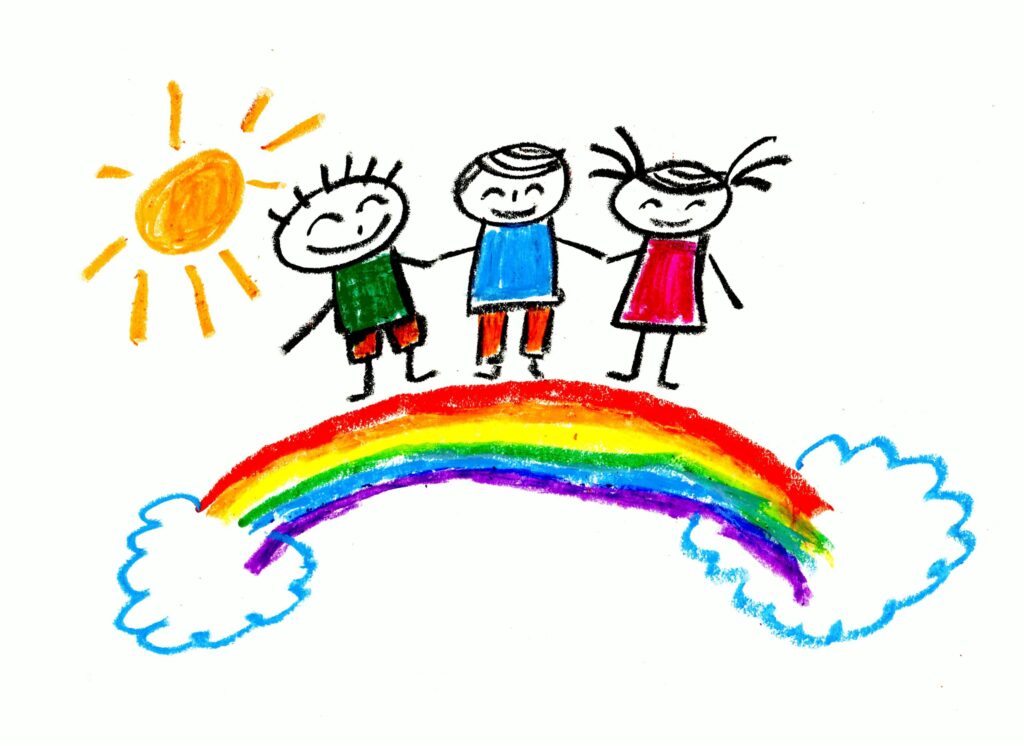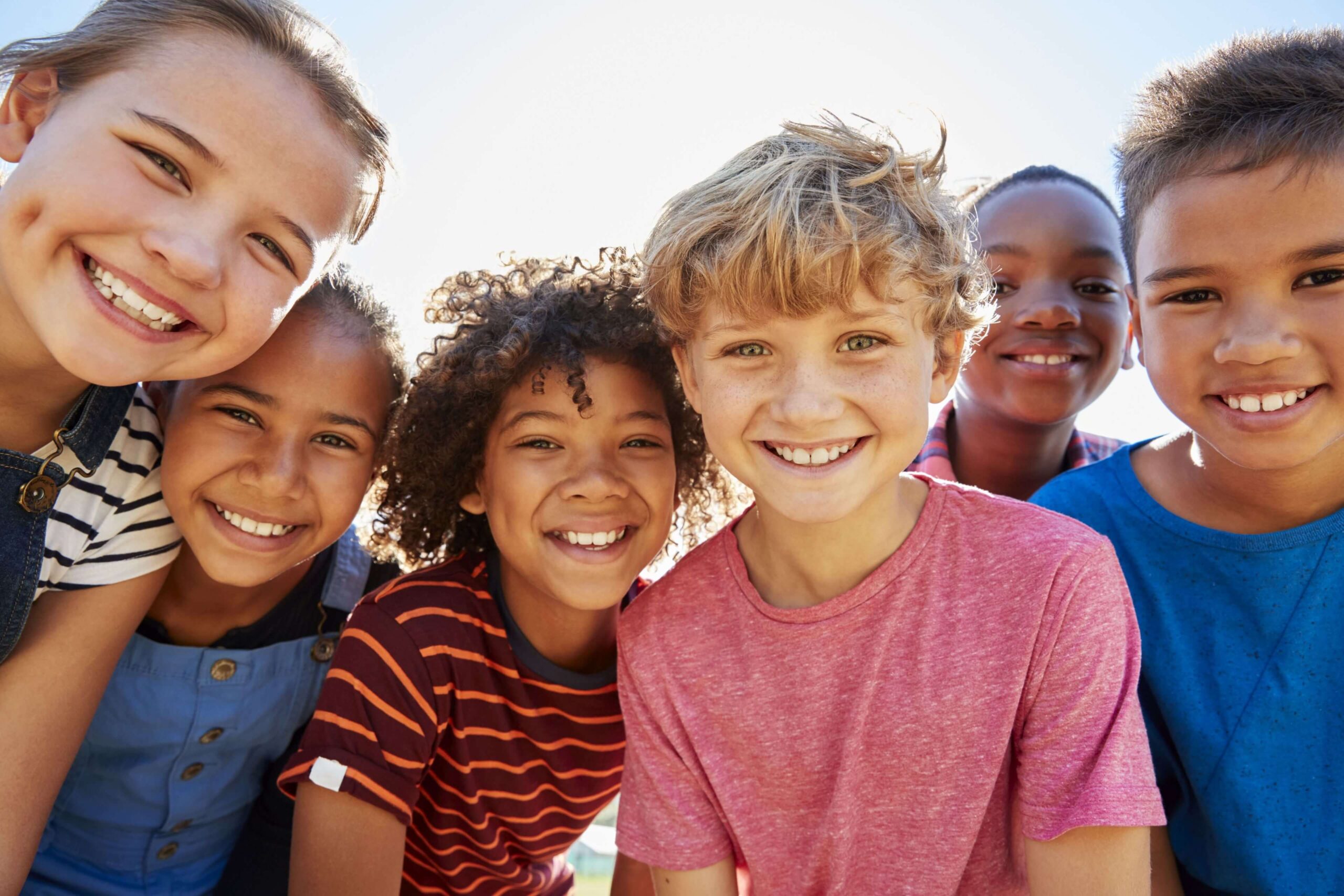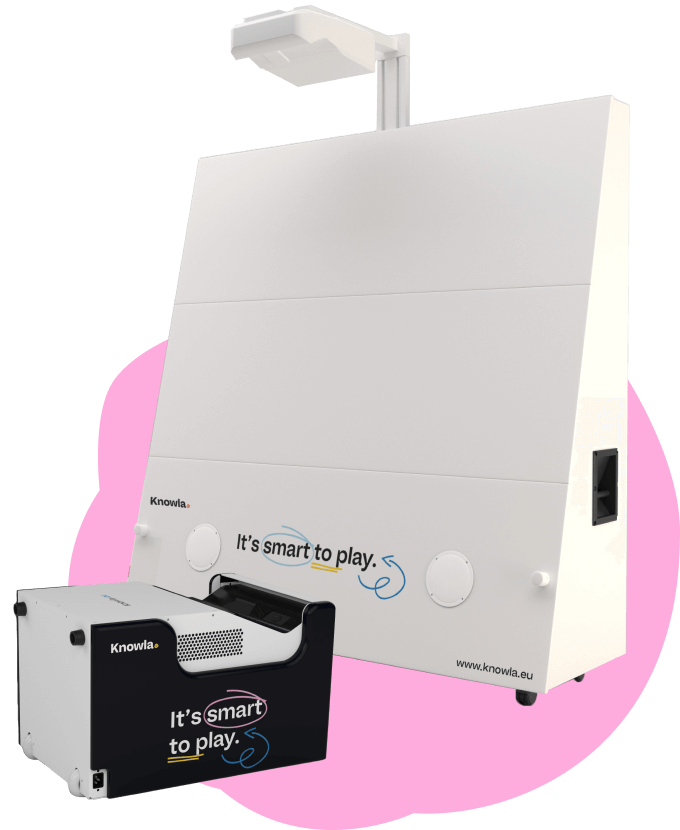On July 30, we celebrate Friendship Day! This is the perfect time to talk with your children about emotions, attachment, support and what positive relationships are all about.
Below are suggestions for eight games. Some make children think, others promote relationship building.
1. friend wanted!
The students’ task is to make an appointment letter for their best friend.
The exercise is meant to familiarize us with the expectations we have of a potential friend and what qualities we are looking for.
The letter may or may not include a portrait.
The student must think about what character traits his friend should have. How he should behave and how he should not behave. What his interests should be, what he likes, what is expected of him, what he would like to do together with him… And so on.
Children who do not yet know how to write can draw the above items.
After making a letter of introduction, it is necessary to choose the three most important and three least important elements when making a friend. We can mark them on the card with symbols or colors.
Finally, we can proceed with a presentation, during which everyone will say something about what they have prepared, and all the letters of introduction can be posted in a display case so that the search can begin.
2. present who you are
An exercise similar to the above, only this time we present ourselves, our interests, qualities, what kind of friend we are, etc.
If we are able to moderate well, we can confront our own perceptions with what others know about us. However, we need to be careful because of each student’s feelings.
If we have done both exercises, we can also check who matches whose letter of appointment.
3. write or draw something nice for everyone
Ask students to think about what nice things they can say to each person in the class.
The supporting questions are: What do you like about her? What do you admire about her? What do you want to thank her for?
Task: send everyone an anonymous leaf with a message or drawing.
The exercise can be performed in view of a person’s overall performance or in the context of his specific work. For example, during the presentation of material, performance or exhibition of works.

4. friendship bracelets
A game during which children will practice small motor skills, creative abilities and concentration.
Task: with beads or moulin create bracelets for yourself and your friends. This will be a special gift that you will remember for a long time.
5. cheer on a friend
In this game you can use the activities of the Educational Universe, such as: A Space Odyssey from Planet Pi.
Divide the students into pairs. One person does the task, and the other helps and supports them. They can give each other tips and hints for the task, explain how to do something, solve the task together, take care of better mood or self-esteem (e.g., through messages: “you can do it”, “you can do it”).
It is up to the students to decide how much support they show and to communicate how much and what kind of support they need. Later, we name the person working in the pair (you can also shuffle the class again).
Finally, there is time to reflect on one’s feelings, supportive attitude or need for support. In the following part, you can discuss ways to communicate effectively in interpersonal relationships.
As a contrast, a situation can be presented when the two parties fail to get along and support each other, for example, the support person starts doing everything for the person doing the task, while saying that he is not suitable.
6. build friendship
In the Program the Way app, which you’ll find in Planet SPE and Planet Contrast, place a rock or block (or drawings of them) on each of the empty grids. Then arrange the arrows to the destination together. Collect the pieces that the creature went through to the target and try to build a tower from them.
Each block is some edifying situation or feature in the formation of friendship, and each stone is a negative experience. When arranging, give examples.
It’s worth considering with your children what friendship looks like after a negative experience and what can be done to make it stronger.
7. friendly meetings
It is fun to spend time with different people in a group so as to create an opportunity to get to know each other better.
Two people in a limited time have the opportunity to have fun, talk or play together. It is up to them to decide what to do and in what form.
8. bingo
On the bingo cards we have written various interests, hobbies, preferences, favorite things, sports, foods and activities.
The children’s task is to find the people in the classroom so that they check all the boxes in a vertical, horizontal or diagonal line. No more than one box can be assigned to one person. Whoever manages to find all the people shouts bingo.


